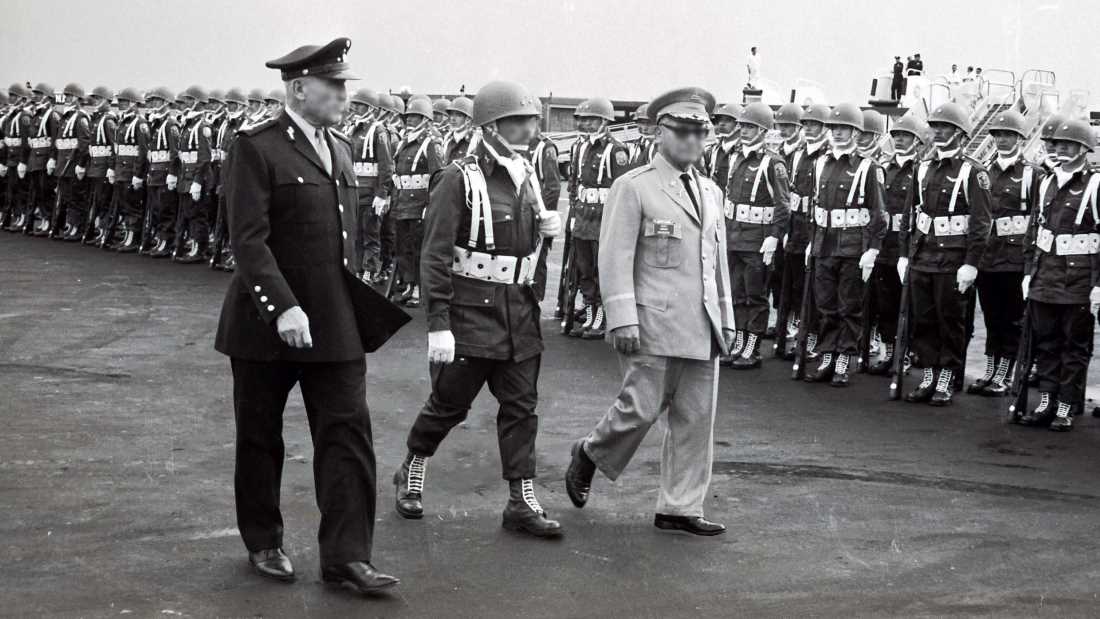Did the Telaraña Plan Leave More than Footprints?
During the 1960s-1980s, Mexico's Dirty War saw the state's brutal crackdown on opposition. The Telaraña Plan, launched in 1971, aimed to eradicate guerrilla groups in Guerrero. This dark chapter, marked by torture, forced disappearances, and conflict, reminds us of the cost of unchecked power.

The years spanning the 1960s to the 1980s bore witness to a dark period in Mexico's history. A time when the nation's government, intent on squashing political dissent, initiated policies of persecution and extermination against those who dared to oppose the regime. Among these policies was the Telaraña plan, a calculated and controversial campaign aimed at eradicating guerrilla groups in the region of Guerrero. Let's delve deeper into the chapters of this initiative and its impact.
Mexico's Dirty War
During the Dirty War, the Mexican government resorted to draconian measures to stifle opposition. Acts of torture, forced disappearances, and extrajudicial executions became all too common. Even civilians who had a mere familial or friendly association with dissident groups found themselves in the crosshairs of the state's repressive machinery.




